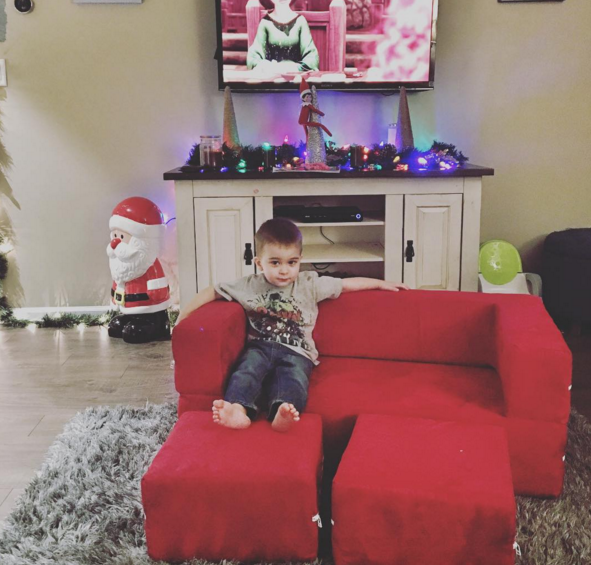All opinions are mine and mine alone.

Family Safety
You probably don’t sit around the house thinking about all the ways you can get hurt, but the truth is that you don’t have to leave your home to suffer a debilitating injury. Anybody can get hurt too, from the young to the old. So, here’s how to accident-proof your entire home and live a safer, healthier, life.
Be Mindful Of Renovations
When your home was built pre 1978, there’s a good chance that there’s lead paint under the top coats on the windows and walls. It might also be in the floor varnish. And, if you start renovating the home, that lead dust can get kicked up into the air. The toxic particles put young children at risk of developmental and learning problems.
That’s why it’s usually a good idea to call in a professional to do the job for you.
You can also call the National Lead Information Center at 800-424-LEAD to find a contractor or inspector to measure the lead levels in your home or in your water system. You can also get a home test kit and test it yourself, but these aren’t always accurate according to the EPA.
Test For Radon
Radon gas is a colorless, odorless, tasteless gas that’s radioactive. It’s very common throughout the world, and seems up from the Earth’s crust. While there is always some background radiation present in a home, there is a limit to what’s safe. Approximately one in 15 homes has a high level of radon. It’s believed that the leading cause of lung cancer in nonsmokers is radon gas.
Fortunately, it’s an easy gas to detect, and can be done with a cheap test kit that’s available at any home improvement store. Leave it out for as long as the directions tell you to. Then, return it to the store for analysis. The EPA considers these tests accurate and a reading of 4 picocuries per liter of air (or more) to be an unsafe level or exposure.
If you live in an apartment building, you will want to get your landlord to test this for you. Contact injuryclaimnyclaw.com, a Richmond Hill personal injury lawyer, if you suspect your landlord is concealing any material evidence of excessive levels or is negligent about fixing any problems.
Prepping For A Fire
Get your smoke alarms checked periodically (monthly), and change the batteries in them when they’re low. You should also have a multi-purpose fire extinguisher every 600 square feet in the home. When using the extinguisher, remember the PASS rule.
* Pull the pin.
* Aim at the base of the fire.
* Squeeze or press the handle.
* Sweep side to side until the fire is out.
Monitor The Carbon Monoxide In Your Home
Low to moderate levels of carbon monoxide gas can cause flu-like symptoms, but without a fever. As levels increase, the toxic effects can be deadly, especially for children.
Carbon monoxide is produced by incomplete burning of fuels, which include wood, coal, charcoal, oil, kerosene, propane, and natural gas. So, it can happen in any home with modern energy or fuels being used for heat. Simple monitors will detect excess levels of the gas so you stay safe.
Morgan Grey works in occupational health and safety. Currently on maternity leave she has been safety-proofing her house, using her skills from work to assess the dangers. She is using her spare time to write



my baby cousin runs all over my aunt and uncles house so i completely get the need to baby proof the house!